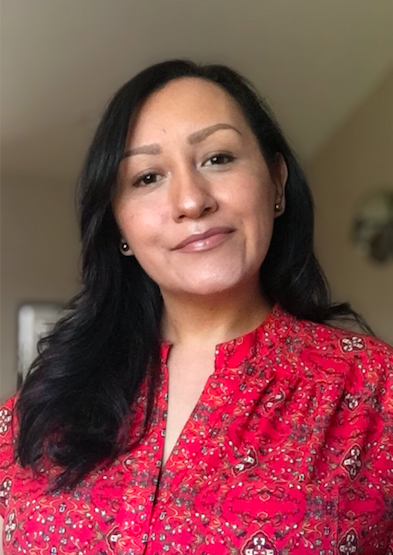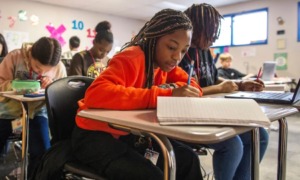
ShutterDivision/Shutterstock
.
Do you recall the last diversity training you attended? If it was a good one, maybe you do because you gained some strategies that helped you do your work more effectively, but chances are you were left still needing more long-term support.
Over the past two decades some organizations have come a long way in terms of addressing equity. Many of us have seen the notion of diversity training evolve from a one-time workshop into deeper and more meaningful work that really gets to the heart of creating more inclusive organizations that seek to better serve the needs of the diverse youth we serve. However, there is still more work to do, and most organizations lack the resources needed to have the perceived luxury of doing the work it takes to be more equitable and inclusive.

Jimena Quiroga Hopkins
Doing this work effectively and thoughtfully means doing it on all levels. It means addressing the people, practices and policies of the organization. In our work supporting organizations, I have noticed that of these three, people are often comfortable and eager to implement new practices. This may mean utilizing new curriculum or strategies for doing the work on the ground. Even at the level of changing and instituting new policies in an organization, people tend to be open, though sometimes apprehensive, but open nonetheless.
The part of the work that is often ignored, avoided or not given priority is the people part. Although I have seen organizations implement some institutional supports to help its staff do the personal work, ultimately it takes an individual commitment to make it happen.
How to do the personal work
There are many factors that contribute to this critical part of the work being underdeveloped. For starters, holding up the mirror can be pretty difficult and uncomfortable. When we embark on a journey of examining our beliefs and behaviors, the process can be both empowering and daunting. Additionally, becoming committed to grow on a personal level in order to contribute to addressing equity in our organizations, let alone society, means signing up for a lifetime membership in this work.
I find that one of the components that is often lacking for individuals to do this work is a clear road map of how to do this work. Unconscious bias and microaggression trainings can impart knowledge, information and even some skills. But lasting change and personal transformation takes time and requires the implementations of new daily habits and a long-term plan.
A large portion of the personal work needed to fully step into your role as an equity champion in your organizations is developing a great deal of self-awareness. These are some examples that can help in mapping out a long-term plan for individual work.
- Dedicating time for self reflection: Self-reflection can be a great way to build one’s self-awareness and to assess and gauge our personal growth. One way to become more self-reflective about how we show up in our work can be done by setting aside dedicated time for journaling. Ask ourselves reflective questions about our triggers, emotional reactions and behaviors in the context of doing our part in our organization’s equity efforts.
- Addressing blind spots: This includes uncovering our unconscious biases and becoming more aware of how microaggressions show up in our daily interactions. We can begin by finding an assessment tool to help us gauge areas to work on.
- Developing emotional intelligence: Having a high level of emotional intelligence helps us recognize and understand our emotions and the emotions of others. It also allows us to better manage our emotions and know how we can impact the emotions of others. One way to develop our emotional intelligence is by incorporating stress-reducing activities into our lifestyles. Reducing stress in our lives can help us be more responsive vs. reactive and encourage better management of our emotions.
- Adopt a meditation practice: Many of the practices mentioned here ultimately require us to be present in the moment in order to objectively observe our thoughts, beliefs, emotions and behaviors. There are many types of meditation practices. A mindfulness practice can be especially helpful in staying present in our daily interactions.
Addressing the inequities that young people face and creating environments that not only challenge those inequities, but seek to address them includes taking the steps to do the work on a personal level so that we can better do our work to ultimately serve youth and ensure that they have skills and tools to become thriving adults. It is important that we lead by example and take the time to do our own work so that we can more fully embody the ideals that we hold in our organizations.
Jimena Quiroga Hopkins has been helping youth-serving organizations address equity, diversity and inclusion for over 15 years. She is currently the chief program officer at Development Without Limits, a national education consulting organization.






























